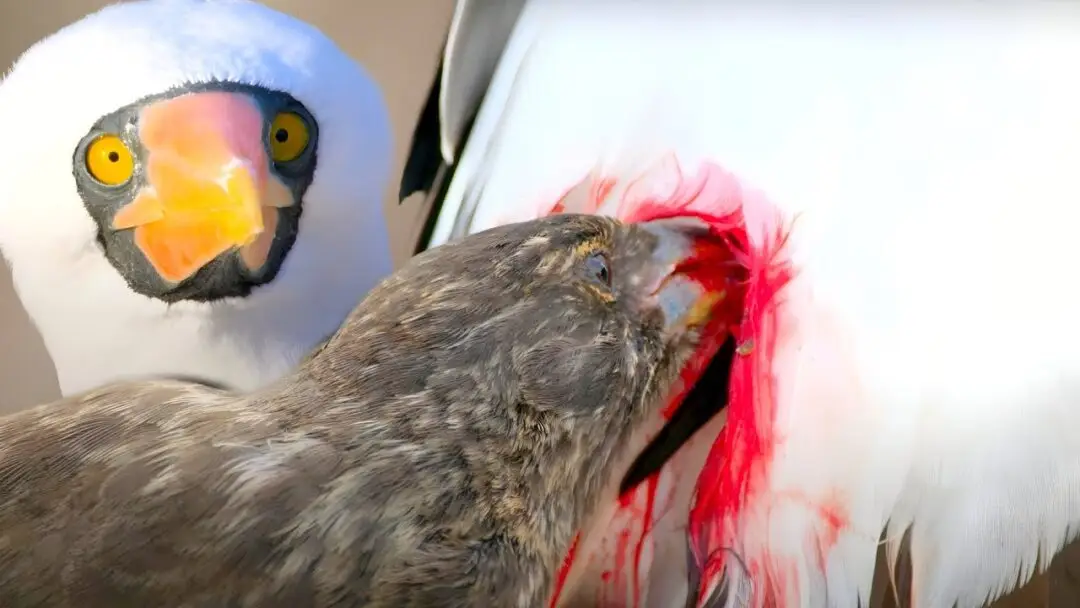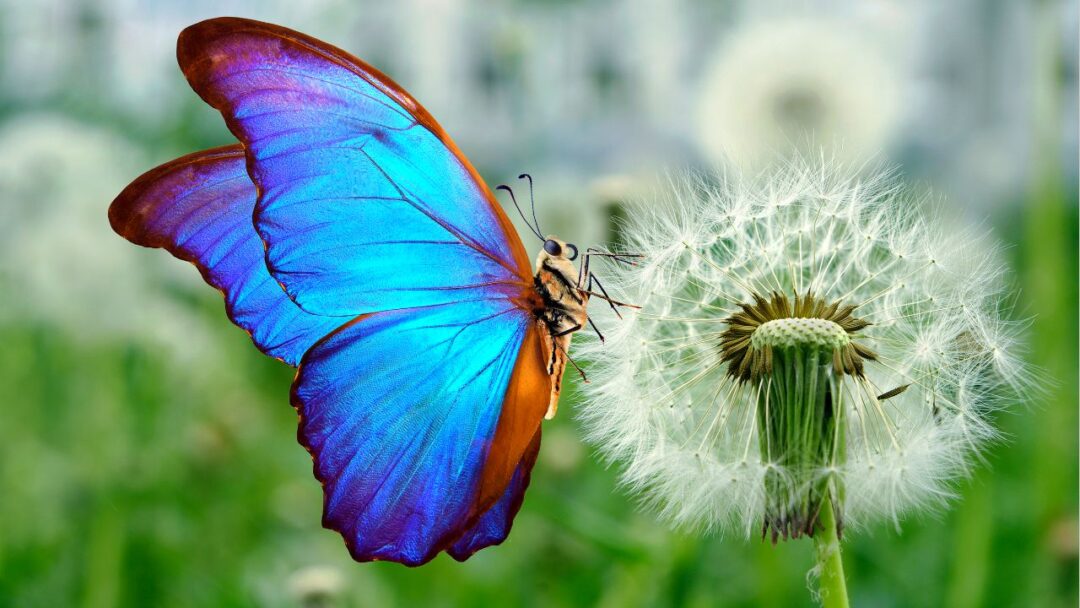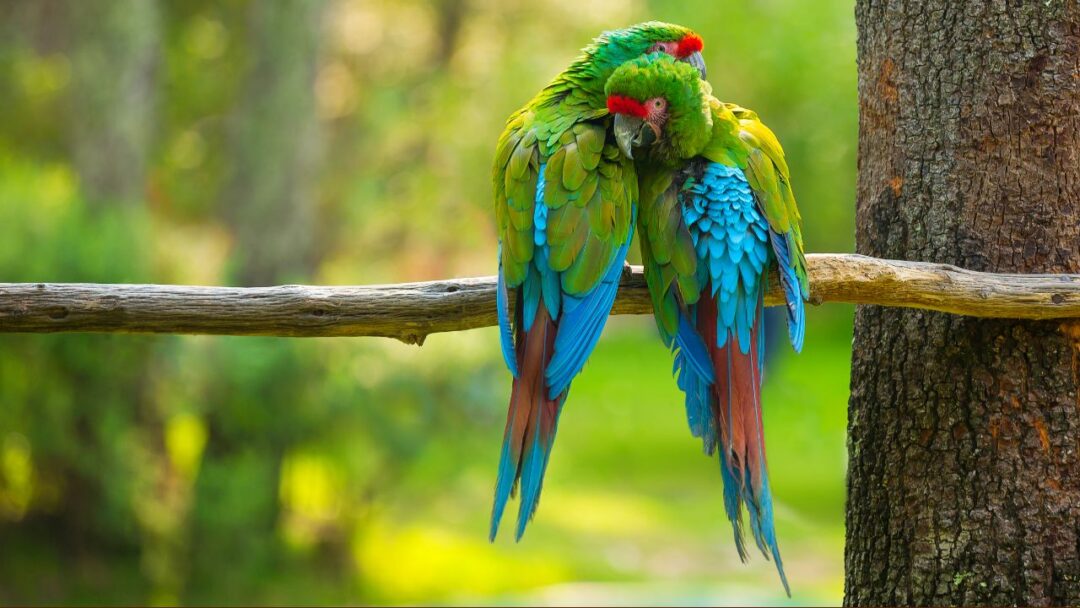
Vampire Finch: The Real-Life Bloodsucker of the Animal Kingdom. For centuries, the idea of vampires has fascinated and frightened humanity, with tales of bloodthirsty creatures that lurk in the dark, striking fear into our hearts. From classic Dracula lore to modern vampire films, these mysterious beings seem to exist solely to quench their insatiable thirst for blood. But what if I told you there’s a real animal in the wild with a similar need for blood?
Meet the Vampire Finch, a tiny bird that inhabits only two islands within the Galapagos archipelago. Though it looks unassuming, this little creature has adapted to survive in one of the planet’s harshest environments in a way that would surprise most people. The vampire finch, unlike any typical bird, has evolved a unique survival mechanism—drinking the blood of other birds.
A Unique Environment Breeds Unique Adaptations
The Galapagos Islands are a living laboratory of evolution, home to species found nowhere else on Earth. Each island is a unique ecosystem where plants, animals, and even rocks reveal signs of evolution. Here, species have adapted remarkably to their unique environments over centuries, shaping the theories of natural selection that Charles Darwin observed firsthand. Among the unique inhabitants of these islands are the famous finches, whose beak shapes vary dramatically depending on their food sources.
The vampire finch, a close relative of ground finches, appears like any other small bird at first glance, with dark feathers and a sharp beak. However, this bird’s behavior is far from ordinary. Over time, it has developed an extraordinary trait to survive when food is scarce—drinking the blood of a particular seabird species known as the blue-footed booby.
Important Facts About the Vampire Finch:
- Seasonal Blood Consumption: Vampire finches don’t consume blood all year. During the wet season, when insects and seeds are plentiful, they primarily rely on these food sources. However, during the dry season, when food is scarce, they resort to drinking blood to survive.
- Selective Blood Source: The finch targets blue-footed boobies, approaching them cautiously and waiting for the right moment to peck at their wings or tails. The booby, often mistaking the finch’s behavior as a simple grooming or pest control action, rarely reacts aggressively, allowing the finch to drink its blood.
- Minimal Harm to the Host: While the sight of a bird drinking blood may sound alarming, vampire finches don’t generally harm their host birds. Researchers believe that boobies don’t feel significant pain from the finch’s pecking, allowing the finches to feed without much resistance.
- Evolutionary Adaptation: Charles Darwin’s observations of Galapagos finches led him to propose that species evolve unique traits based on their environment. The vampire finch’s blood-drinking adaptation is an example of how species can evolve to survive in tough conditions, highlighting the incredible versatility and adaptability of life.
The Necessity of Blood as a Survival Mechanism
The dry season on the Galapagos Islands is harsh, with dwindling food sources that push species to the limits of survival. For the vampire finch, this scarcity of food means turning to an unusual resource—blood. This adaptation ensures that the bird can survive even when seeds and insects are nearly impossible to find.
Evolution has shaped this behavior over generations, proving how life can adapt in the most surprising ways. While the blood-drinking behavior might sound eerie, it is simply a result of evolution and the need to survive in a resource-scarce environment.
Conservation of a Unique Ecosystem
The vampire finch is one remarkable chapter in the story of the Galapagos Islands. Protecting this delicate ecosystem means preserving one of Earth’s great evolutionary wonders. Each creature, no matter how small or unusual, plays a critical role in the balance of life. With ongoing conservation efforts, we can help ensure that this tiny “vampire” and the Galapagos Islands’ unique biodiversity continue to thrive for generations to come.
So, next time you think of vampires, remember: not all bloodthirsty creatures live in haunted castles or dark forests. Some exist in the sunny Galapagos, where nature’s adaptations reveal the true marvels of survival.




